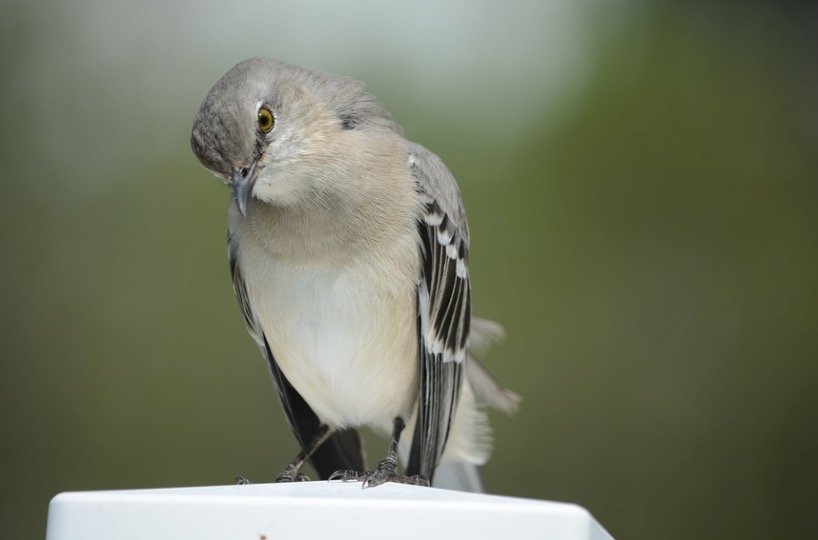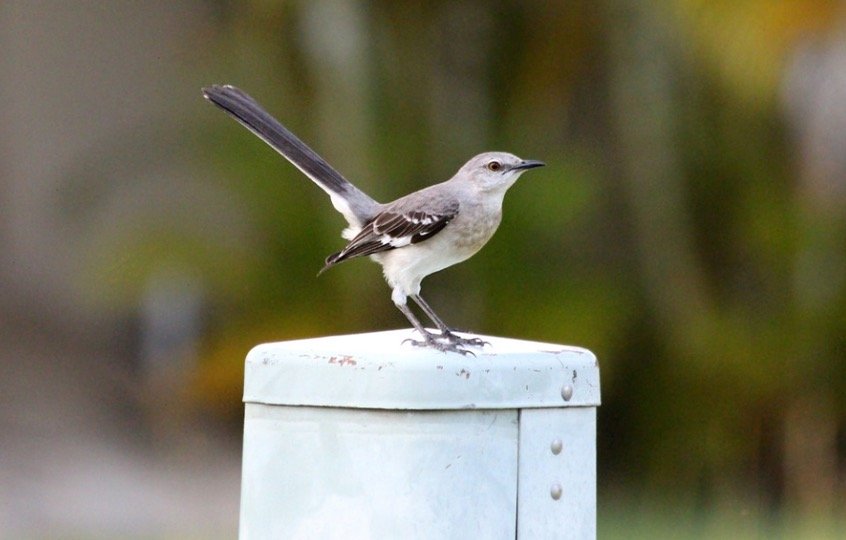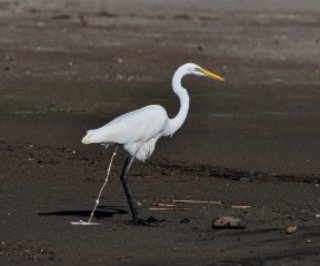
What Is The State Bird Of Arkansas?
Arkansas is the United States’ 29th biggest state by area and 33rd most populated state, noted for its hiking trails and abundance of animals. The white-tailed deer is Arkansas’ official mammal, but what is the state bird?
Arkansas, like Texas, has chosen the Northern mockingbird (Mimus Polyglottos) as its state bird. On March 5, 1929, Arkansas designated it as the state bird. This long-legged, medium-sized bird with a long tail, which likes to dwell in southern regions during the winter, has a lot of fans in the United States.
Northern Mockingbird is the State Bird of Arkansas, Why?
Because of the exposure and lobbying efforts of the Arkansas Federation of Women’s Clubs (AFWC), which fought to conserve numerous bird species in Arkansas, Arkansas acknowledged the mockingbird’s hard work.
The economic benefit of the mockingbird, which eats bugs and weed seeds, was brought to their attention by ornithologist William Dutcher’s presentation at one of their 1903 meetings. Its assistance to farmers in the state, as well as its beautiful song, earned it the affection of the people of the state.

When Did Northern Mockingbird Become State Bird Of Arkansas?
The AFWC took advantage of a court case in the state charging a man in unlawful possession of a caged mockingbird, recognising its intrinsic worth and beautiful melodies.
Do Birds Eat Spiders? Everything You Need To Know
Despite the fact that he simply had to pay a fine and release the bird, the AFWC used the incident to gain notoriety and urge the Arkansas legislature to declare the mockingbird the state bird, which it did in 1929. Texas, Florida, Mississippi, and Tennessee all have the Northern mockingbird as their state bird.
Appearance of Northern Mockingbird
Northern mockingbird females are smaller than males of the same species. Both genders are similar in appearance, with a grey chest and upper body and a light grey or white stomach area that contrasts yet complements each other. These birds’ beaks are brown at the base and black throughout.

These birds are small in size, despite their length and broad wingspan. They usually reach a weight of 1.4 to 2.0 ounces. The Northern Mockingbird has a wingspan of 12 to 15 inches and measures eight to eleven inches from head to tail.
The United States declared it unlawful to keep a mockingbird as a pet since living in captivity drastically reduces their lifetime. A mockingbird may survive up to 80 years in the wild, but only one-quarter of that period in captivity.
Sections 703 and 707a of Title 16 of the United States Code make it illegal to “pursue, hunt, take, catch, kill, try to take, capture or kill, possess… any migratory bird… or any portion, nest, or egg of any such bird… at any time, or in any manner.”
Can Ducks Fly? (All You Need To Know)
Behavior of Northern Mockingbird
The mockingbird’s songs are misunderstood. When asked, most people believe that the bird exclusively mimics other people’s songs, although this is only true for ten percent of their repertoire. While a mockingbird may imitate the melodies of other birds, it is also capable of creating original music.
Because the typical mockingbird plays more than 200 tunes, roughly 20% of its repertoire comes from other birds, while the remaining 180 are original to the bird. Other animals, such as dogs, and human music, including musical instruments like the piano, are also understood by this studious bird.
The bird can also imitate city sounds such as sirens and gates. By repeating the sound a few times, the mockingbird determines whether or not to compose a song based on it. If the sound resounds with the bird after they imitate it, they’ll compose an own tune based on it.
Do Birds Eat Bees? Everything You Need To Know
Unlike many other birds that sing early in the morning, the mockingbird hangs together with night owls. During the night, the mockingbird sings. The birds like to perform concerts in the moonlight throughout the springtime.
A mockingbird doesn’t have the same sound mix. Every day, these birds put together new music. This medley might comprise simply a portion of its repertoire or all of it. If you can’t see the mockingbird, you could mistake its song for that of another bird.
Because each bird composes its own tunes, each medley is unique. Mockingbirds go out on dates. They sing to attract possible partners. They date a variety of birds until they find the ideal one, and then the two birds form a partnership.
Because this species is monogamous and married for life, you might compare it to marriage. They work together to construct a nest of twigs, grass, sticks, and leaves. The birds start breeding once they’ve finished building their nest. They teach their young birds to follow the same routines as their parents.

Northern Mockingbird Diet
Mockingbirds eat fruits and seeds, although the kinds of food they eat depend on where they live. Their nutrition also changes with the seasons. Berries and tiny insects are also eaten by these birds. The mockingbird eats beetles, moths, and earthworms, which most people don’t think of as carnivores.
Do Northern Mockingbirds Form Communities?
Mockingbirds consider their nest to be their domain and are very protective of it. They defend their nests by swooping down and attacking or chasing away any predators. Humans and their pets are seen as predators by these birds.
Mockingbirds attack creatures that are considerably larger than they are, like dogs and cats. You won’t have any issues as long as you stay away from their nest. Simply listen to their music from afar. Mockingbirds remember both humans and animals.
Baby Owls: All The Facts and Pictures
If you enrage one, you’ll have a lifelong foe. While some of these birds spend their whole lives in Arkansas, others travel to Mexico or Canada. Mockingbirds prefer to be near the sea or on the beach. Maritime Canadians spend their winters in the south.
These birds may also be found in the United Kingdom, which is another natural home for them. They can be found in open parts of the city or in rural locations. They aren’t to be found in the woods. Northern mockingbirds like to spend the full year in the same environment, so if the weather continues to be warm, they will not migrate south.





